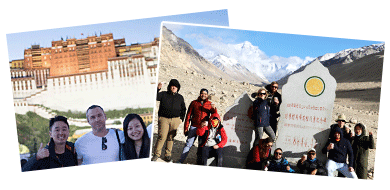
Tibet Tours for All around the Globle are Available Right Now!
It is the best time to join our Tibet small group tour in 2024 at the best local price.
 |
86-28-81754631
|
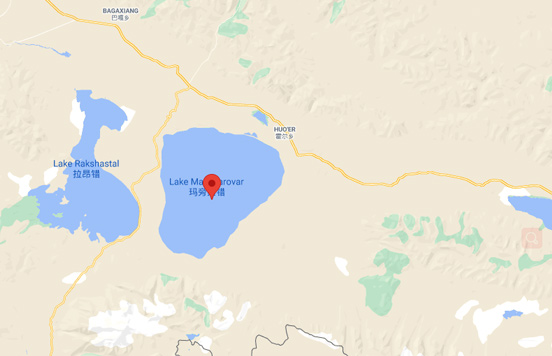
Lake Manasarovar is among the world’s highest fresh-water lakes. At an elevation of 4,583 meters, the lake covers 412 square kilometers. With the northern part broader than the southern end, the deepest point of the lake is over 70 meters. The lake is purer than a sapphire and one can see through dozens of meters into the lake. The lake is located in the Burang County, 20 km southeast of the Mount Kailash.
In Tibetan language, Manasarovar means “invincible lake”. In “Regions In Great Tang”, wrote by monk Xuanzang, Lake Manasarovar was regarded as the sacred Yaochi Lake of Nirvana. In the 11th century Buddhism won in the competition against the local Bon Religion and changed the lake’s name from “Machui Co” into “Manasarovar”, which means the “Invincible Lake”, in the hope of winning more believers in Tibet.
In Tibetan Buddhism, it is believed that bathing with the water of Manasarovar will drive off avaricious desires, troubled thoughts and past sins; drinking the water will keep healthy and away from disease; while circling the lake will bring boundless beneficence to the pilgrims. The Hindi poet Kalidasa once wrote that the waters of Lake Manasarovar are "like pearls" and that to drink them erases the "sins of a hundred lifetimes".
Thus all the pilgrims to Tibet will come to Manasarovar and regard circling and drinking from the lake as their greatest fortune. Throughout the year, numerous pilgrims and visitors are attracted to the holy Mt. Kailash and the Lake Manasarovar. It is also 1 of 3 Holy Lakes in Tibet (the other 2 are Namtso Lake and Yamdrok Lake).
Every summer, flocks of swans will gather on the lake, bringing grace and life to the area. Legend says that the fish in the lake can cure sterility, dystocia, dropsy and other illnesses. Chemical analyses show that the lake water indeed contains various types of minerals.While at just 3 kilometers away from Manasarovar, lies the “Ghost Lake” La’ang, which is a salt water lake. With high winds and rapid currents, it’s difficult for fish or weeds to grow.
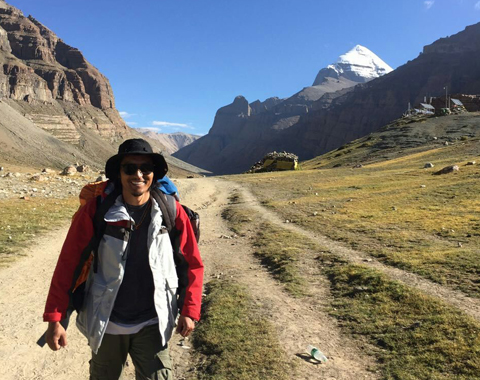


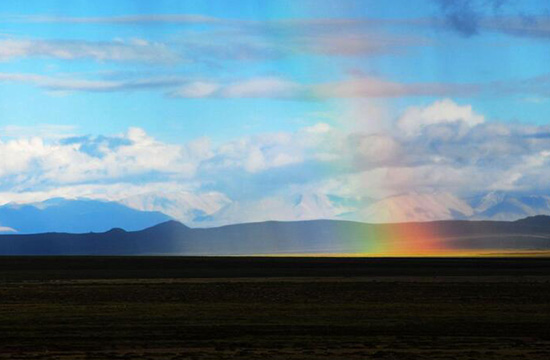
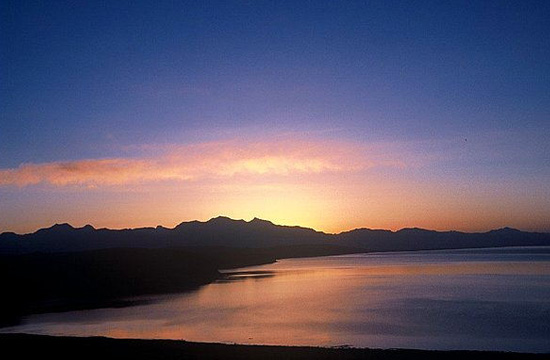
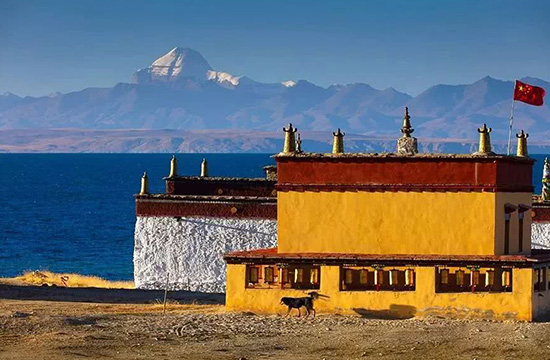
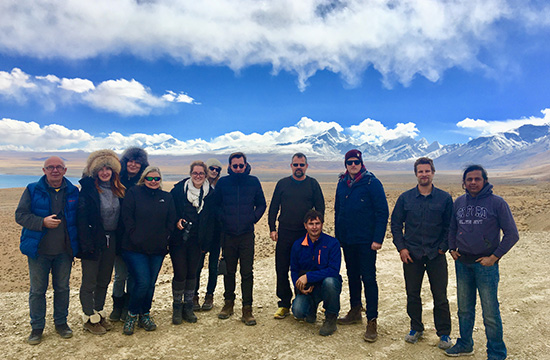
0 Comment ON "Lake Manasarovar"
Check All Tibet Travel FAQs Here